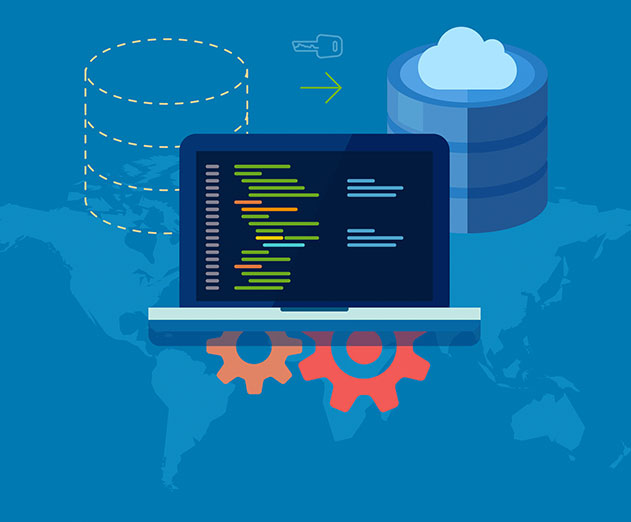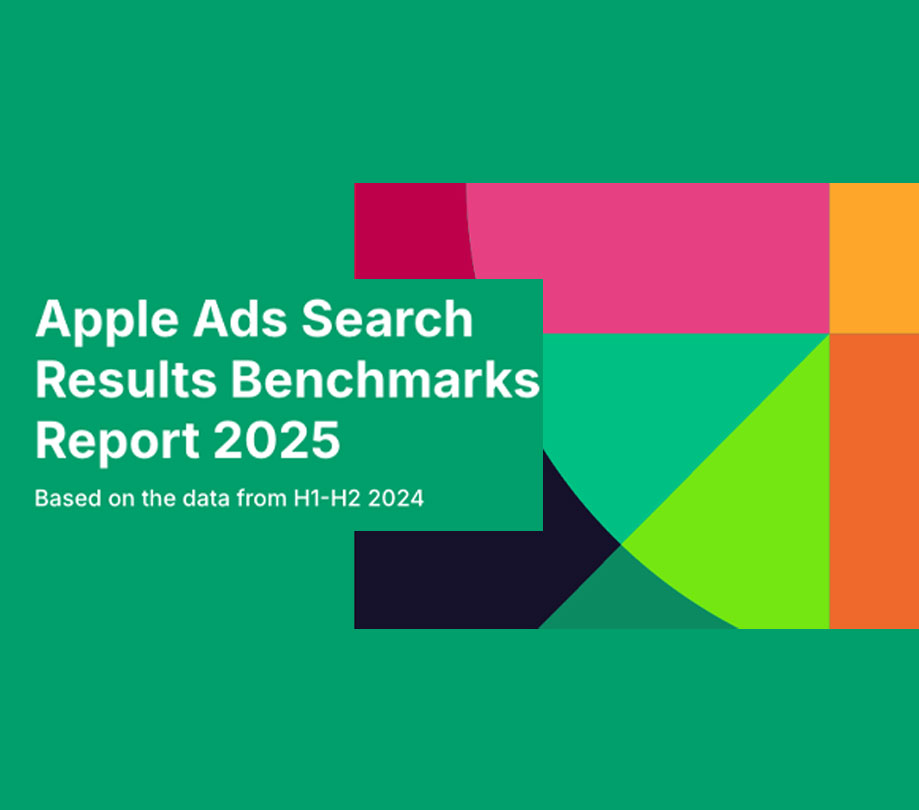Application performance monitoring and cloud migration
Wednesday, August 23, 2017

|
Nik Koutsoukos |
How DevOps application performance monitoring tools are moving IT teams toward migrating to a cloud environment.
The IT organization is becoming more and more strategic in helping companies reach their business goals. Companies are using technology as a means to not just expose new opportunities and tap into new markets but find ways to relate to their customer base and drive loyalty. As most of us are well aware, the primary choice for businesses today is to move as much of their IT infrastructure to the cloud as the cost benefits and resource elasticity are very well understood as drivers of cloud adoption. An additional benefit of this shift has been the rise of DevOps as a standard practice for IT.
Adoption of DevOps (the "marriage" of software development and IT operations) is almost tailor made for businesses that are moving to the cloud. The reason being is that a large number of the applications that are either migrated to the cloud, or developed there natively, are typically customer facing and have varying - but direct - degrees of impact on revenue. Because of the customer facing nature of these apps, their performance is critical and resolving any issues within the application needs to be done immediately while ensuring quality of service. A DevOps oriented organization that more closely aligns development and operations fosters stronger communication and collaboration between these functional groups. This allows for greater speed and agility to rapidly deploy applications and respond to application issues. This is where application performance monitoring (APM) comes into play.
APM has become an absolute necessity for a successful move to the cloud and for DevOps to be effective. The application user experience must be positive, therefore being able to identify, diagnose and resolve performance issues in real time is critical, and APM has become essential for maintaining service levels and ensuring user satisfaction. In fact, a 2017 study commissioned by ESG revealed that 91 percent of companies need improvement when it comes to performance management. How does APM enable a successful move to the cloud? There are three primary areas where APM has an impact across the organization: support for DevOps, enabling continuous delivery of application releases, and establishes clear communication and feedback to all stakeholders in IT.
Traditionally, the development and operations groups seem diametrically opposed to each other. Moving to the cloud can easily exacerbate this challenge when they need to be on same page, and more importantly, need to respect each other's challenges and expertise. Development wants to move fast and deliver releases and patches that the business requires as quickly as possible, and the cloud enables this speed of development. All the while operations wants stability and a more measured approach to the application release cycle as well as support because the behavior the application in the cloud affects characteristics such as performance, cost, reliability, and scalability. Deploying an APM solution supports DevOps by empowering operations to quickly pinpoint performance bottlenecks and the root causes of application slowdowns or failures and provides all of the detail necessary for development to address them. With APM, DevOps has the tools needed to rapidly resolve - and even proactively prevent - issues that can adversely impact the user/customer experience.
Continuous delivery essentially means that you're releasing application updates or modifications on a continuous timeline so that new features and functionality arrive at end-users as quickly and efficiently as possible. Continuous delivery is a perfect fit for a cloud environment thanks to the elastic nature of the infrastructure available to develop and deploy cloud apps. The amount of infrastructure needed can vary depending on the phase of development and deployment - applications need to function as expected even at massive scale without interrupting the end user experience. APM supports a continuous delivery strategy by allowing for faster reaction to application issues, regardless of scale, by immediately pinpointing any performance issues, reducing the impact that potential bugs may have on the user experience and allowing for a QA process that can keep up with the speed of development.
APM can be the "glue" that binds the IT organization together. Again, a move to the cloud can be challenging if all functional roles are not on the same page, or are not acting on the same performance data. Throughout the development lifecycle APM delivers a clear view into application performance and issues. The application owner, business analysts, developers and operational support teams can rely on the visibility APM provides as well as the feedback loops at each stage in this process to ensure the best version of an application is available to users at all times.
In order for the developers to build applications that are battle tested, they need to have APM insights to show errors, bugs, code test results, and make sure functions are performed within performance SLA's. If an aspect of the application must perform in under a second, then it needs to behave this way. APM helps developers to write code that performs optimally.
Once in production, operations can leverage APM to make sure applications work according to real world conditions and can make sure benchmarks are satisfied. Performance expectations can be met and green-lighted before moving to production and accessed by users. Then in production, APM can constantly monitor applications that are live and zero in on problems so that operations can triage the problem, know what happened and collected diagnostics to help resolve them in real-time. Moreover, the application owner and business analysts gain invaluable information through APM by monitoring the end user experience and seeing what aspects of the application provide value, quantify these interactions, and then help to drive development focus on where users are spending their time - and just as important where they're not - in order to drive product direction and keep users engaged.
It cannot be understated how important APM's role is in enabling a successful move to the cloud. It enables IT to be more productive while also ensuring that an optimal and meaningful user experience.
This content is made possible by a guest author, or sponsor; it is not written by and does not necessarily reflect the views of App Developer Magazine's editorial staff.
Adoption of DevOps (the "marriage" of software development and IT operations) is almost tailor made for businesses that are moving to the cloud. The reason being is that a large number of the applications that are either migrated to the cloud, or developed there natively, are typically customer facing and have varying - but direct - degrees of impact on revenue. Because of the customer facing nature of these apps, their performance is critical and resolving any issues within the application needs to be done immediately while ensuring quality of service. A DevOps oriented organization that more closely aligns development and operations fosters stronger communication and collaboration between these functional groups. This allows for greater speed and agility to rapidly deploy applications and respond to application issues. This is where application performance monitoring (APM) comes into play.
APM has become an absolute necessity for a successful move to the cloud and for DevOps to be effective. The application user experience must be positive, therefore being able to identify, diagnose and resolve performance issues in real time is critical, and APM has become essential for maintaining service levels and ensuring user satisfaction. In fact, a 2017 study commissioned by ESG revealed that 91 percent of companies need improvement when it comes to performance management. How does APM enable a successful move to the cloud? There are three primary areas where APM has an impact across the organization: support for DevOps, enabling continuous delivery of application releases, and establishes clear communication and feedback to all stakeholders in IT.
Supporting Each "Side" of DevOps
Traditionally, the development and operations groups seem diametrically opposed to each other. Moving to the cloud can easily exacerbate this challenge when they need to be on same page, and more importantly, need to respect each other's challenges and expertise. Development wants to move fast and deliver releases and patches that the business requires as quickly as possible, and the cloud enables this speed of development. All the while operations wants stability and a more measured approach to the application release cycle as well as support because the behavior the application in the cloud affects characteristics such as performance, cost, reliability, and scalability. Deploying an APM solution supports DevOps by empowering operations to quickly pinpoint performance bottlenecks and the root causes of application slowdowns or failures and provides all of the detail necessary for development to address them. With APM, DevOps has the tools needed to rapidly resolve - and even proactively prevent - issues that can adversely impact the user/customer experience.
Getting to Continuous Delivery
Continuous delivery essentially means that you're releasing application updates or modifications on a continuous timeline so that new features and functionality arrive at end-users as quickly and efficiently as possible. Continuous delivery is a perfect fit for a cloud environment thanks to the elastic nature of the infrastructure available to develop and deploy cloud apps. The amount of infrastructure needed can vary depending on the phase of development and deployment - applications need to function as expected even at massive scale without interrupting the end user experience. APM supports a continuous delivery strategy by allowing for faster reaction to application issues, regardless of scale, by immediately pinpointing any performance issues, reducing the impact that potential bugs may have on the user experience and allowing for a QA process that can keep up with the speed of development.
Cross-functional Communication and Collaboration
APM can be the "glue" that binds the IT organization together. Again, a move to the cloud can be challenging if all functional roles are not on the same page, or are not acting on the same performance data. Throughout the development lifecycle APM delivers a clear view into application performance and issues. The application owner, business analysts, developers and operational support teams can rely on the visibility APM provides as well as the feedback loops at each stage in this process to ensure the best version of an application is available to users at all times.
In order for the developers to build applications that are battle tested, they need to have APM insights to show errors, bugs, code test results, and make sure functions are performed within performance SLA's. If an aspect of the application must perform in under a second, then it needs to behave this way. APM helps developers to write code that performs optimally.
Once in production, operations can leverage APM to make sure applications work according to real world conditions and can make sure benchmarks are satisfied. Performance expectations can be met and green-lighted before moving to production and accessed by users. Then in production, APM can constantly monitor applications that are live and zero in on problems so that operations can triage the problem, know what happened and collected diagnostics to help resolve them in real-time. Moreover, the application owner and business analysts gain invaluable information through APM by monitoring the end user experience and seeing what aspects of the application provide value, quantify these interactions, and then help to drive development focus on where users are spending their time - and just as important where they're not - in order to drive product direction and keep users engaged.
It cannot be understated how important APM's role is in enabling a successful move to the cloud. It enables IT to be more productive while also ensuring that an optimal and meaningful user experience.
This content is made possible by a guest author, or sponsor; it is not written by and does not necessarily reflect the views of App Developer Magazine's editorial staff.

Become a subscriber of App Developer Magazine for just $5.99 a month and take advantage of all these perks.
MEMBERS GET ACCESS TO
- - Exclusive content from leaders in the industry
- - Q&A articles from industry leaders
- - Tips and tricks from the most successful developers weekly
- - Monthly issues, including all 90+ back-issues since 2012
- - Event discounts and early-bird signups
- - Gain insight from top achievers in the app store
- - Learn what tools to use, what SDK's to use, and more
Subscribe here












